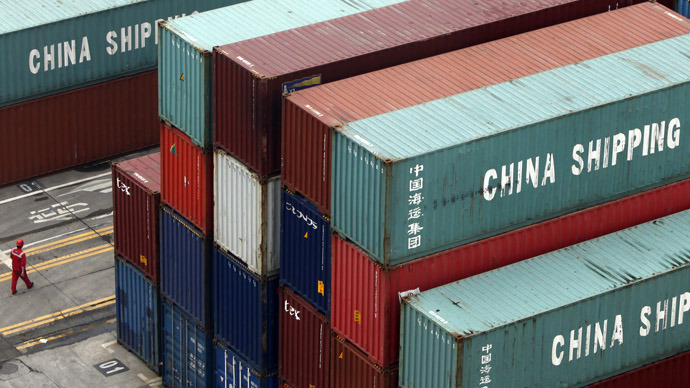As of January 1 2015, Canada and South Korea are officially free trade partners under the Canada-Korea Free Trade Agreement (CKFTA). This marks Canada‘s first trade agreement with a country in the Asia- Pacific region, and it is anticipated to expand Canadian export to South Korea by 32% and reduce South Korean tariffs on Canadian export by 81.9%, thereby ‘leveling the playing field’ for Canadian businesses in the Asia-Pacific region. South Korea is the world’s 15th-largest economy and the fourth largest in Asia with an economy of $1.3 trillion and a population of 50 million.
The CFTKA is set to make South Korea Canada’s 3rd largest trading partner. South Korea’s economy, which places a strong emphasis on manufacturing for export, has proven to be one of the most advanced and wealthiest in the world. As the eighth largest exporter of goods, South Korea’s economy has received repeated praise from the World Bank, IMF and CIA. It is considered to be the world’s largest shipbuilder; the world’s fifth largest automobile manufacturer; Asia’s largest oil exporter; the world’s largest manufacturer of screen displays, electronics manufacturing firms such as Samsung and LG, and computer memory chips; and the world’s second largest steel maker. In addition to being an OECD and G20 country, South Korea boosts a market which ranks 15th in the world based on nominal GDP.

South Korea once struggled to overcome social issues ranging from colonialism and war, to extreme poverty. The aftermath of the Korean War left the Korean Peninsula war-torn, with North Korea under communist rule and South Korea heavily dependent upon foreign aid from the USA and Japan. By 2011, however, South Korea achieved “developed country” status, boasting a GDP higher than even that of the European Union.
South Korea’s success can be attributed to several factors, including strong internal leadership supported by external aid, a clear vision, a commitment to investment in education, a strong entrepreneurial base, and flexible macroeconomic policies which acted to safeguard it from negative externalities such as the Gulf War, global financial markets, etc. Furthermore, the devaluation of the US dollar, low oil prices and low interest rates helped the South Korean economy flourish in the 1980s, leading to its invitation to join the WTO and OECD as a member state in 1986.
South Korea can attribute its success to its government-funded supports and its efficiency in responding to the economic crises of the last three decades.
South Korea’s ability to establish itself as an export-based economy through trade liberalization was crucial to its economic growth. Although foreign financial aid was limited, South Korea successfully institutionalized an economic planning board designed to attract foreign capital. By mobilizing a policy of Export Oriented Industrialization, which supported the growth of key manufacturing and textile industries through tariff protection, South Korea established itself as a key economic player in Southeast Asia. It went on to use the revenue earned from these industries to diversify its economy through research and development in the technology and chemical industries, through development of its steel industry, and through expansion of its ship-building capabilities.
South Korea also successfully pursued an extensive campaign to develop the efficiency of its workforce by inviting foreign educators to train its workforce, and mandating a government-funded compulsory education system that provides for educational services at all levels including post-secondary and vocational training.
South Korea also fostered economic growth in these early stages by implementing the New Community Movement, a government-supported initiative designed to raise living standards by offering over 3,000 villages complementary cement and steel to foster development. The New Community Movement focused on improving basic living conditions, building rural infrastructure, and increasing community income by means of community-driven development programs, including the construction of irrigation systems, bridges, and roads. The New Community Movement proved to be fundamental to poverty alleviation in South Korea.
The case of South Korea offers a number of lessons for less-developed countries. South Korea can attribute its success to its government-funded supports and its efficiency in responding to the economic crises of the last three decades.
The CFTKA will provide Canada with the opportunity to expand its economic activities in Asian markets, while encouraging and promoting trans-Pacific economic mobility.



